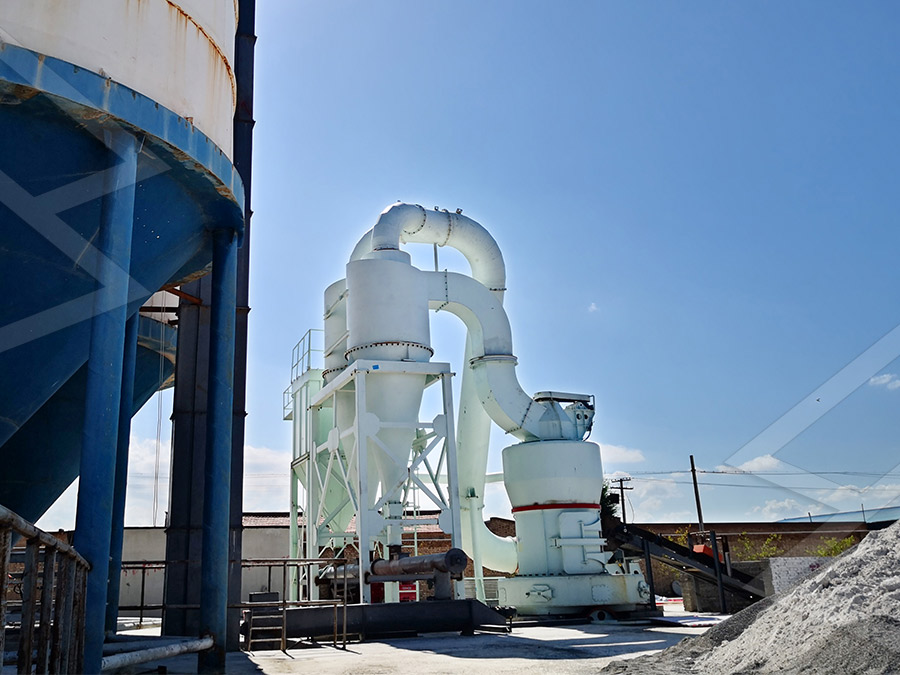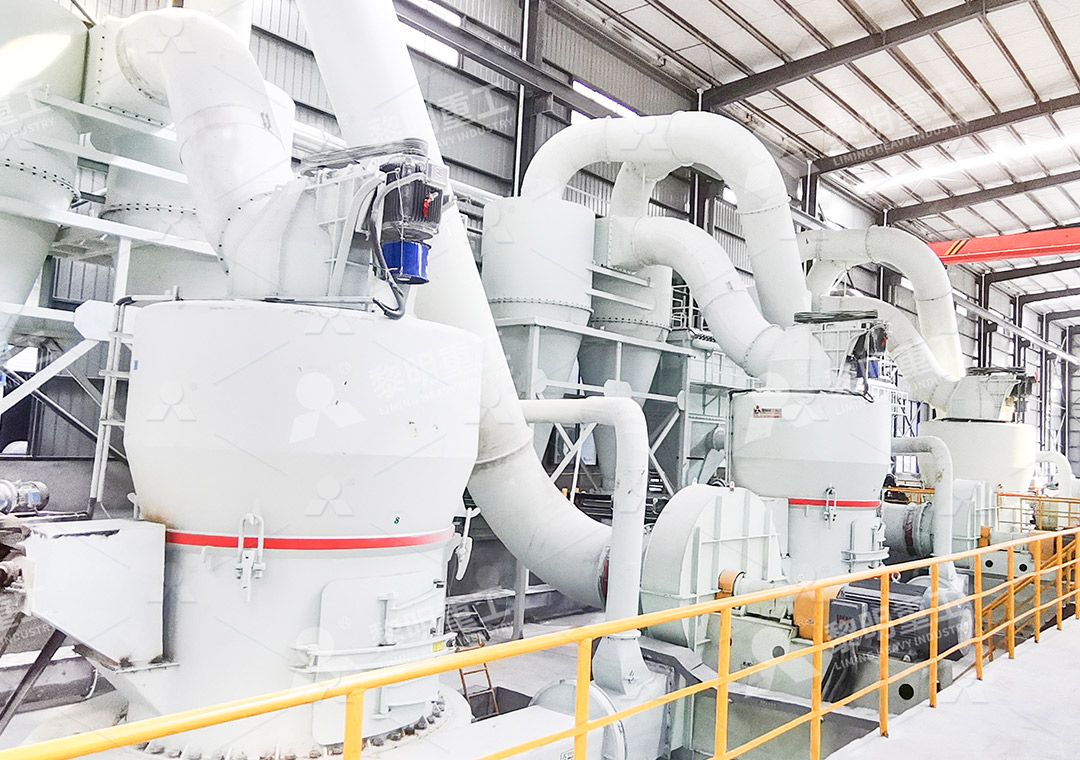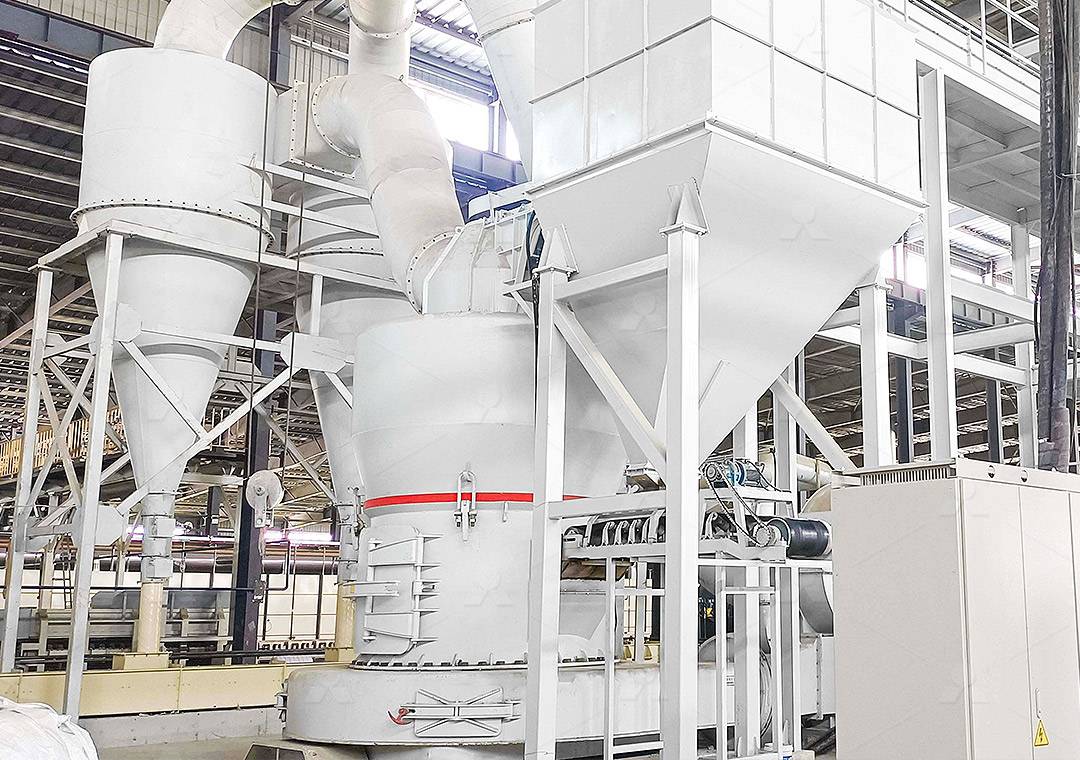Raymond Mill Complete Parts List and Replacement Guide
Raymond Mill Complete Parts List and Replacement Guide
Maintaining peak performance in your grinding operations requires thorough understanding of your Raymond Mill’s components and their maintenance needs. This comprehensive guide provides detailed information about critical parts, replacement indicators, and maintenance best practices to maximize your equipment’s lifespan and efficiency.
Critical Components and Their Functions
The Raymond Mill consists of several essential components that work in harmony to achieve precise grinding results. Understanding each part’s role is crucial for effective maintenance and troubleshooting.

Grinding Roller Assembly: The heart of the grinding system, these rollers apply pressure to materials against the grinding ring. Regular inspection for wear patterns and proper lubrication is essential. Typical lifespan ranges from 800 to 2,000 operating hours depending on material abrasiveness.
Grinding Ring: Working in tandem with grinding rollers, the ring’s surface must maintain proper geometry to ensure consistent grinding efficiency. Replacement is recommended when wear exceeds 30% of the original thickness.
Replacement Indicators and Maintenance Schedule
Proactive maintenance prevents unexpected downtime and maintains product quality. Below are key indicators that signal the need for part replacement or maintenance intervention.
Performance-Based Indicators:
– Decreased production output exceeding 15%
– Increased energy consumption without operational changes
– Inconsistent product fineness
– Unusual vibrations or noises during operation
Visual Inspection Guidelines:
– Grinding roller surface shows significant grooving
– Grinding ring exhibits uneven wear patterns
– Blade wear affecting material feeding efficiency
– Seal deterioration leading to dust leakage

Advanced Grinding Solutions for Enhanced Performance
While Raymond Mills serve many applications effectively, operations requiring ultra-fine powders with higher capacity demands may benefit from more advanced technology. For these applications, we recommend considering our MW Ultrafine Grinding Mill, which represents the next evolution in grinding technology.
The MW Ultrafine Grinding Mill operates with input sizes of 0-20 mm and capacities ranging from 0.5-25 tph, making it suitable for customers requiring ultra-fine powder production. This advanced system features higher yielding with lower energy consumption, achieving production capacity 40% higher than jet grinding mills with system energy consumption only 30% of comparable equipment.
Notable features include adjustable fineness between 325-2500 meshes, no rolling bearings or screws in the grinding chamber (eliminating concerns about bearing damage or loose screws), and efficient pulse dust collection for environmentally friendly operation. The MW series is particularly effective for processing materials including limestone, calcite, dolomite, petroleum coal, gypsum, barite, marble, talc, and various chemicals.
Maintenance Best Practices
Implementing a structured maintenance program significantly extends equipment lifespan and maintains operational efficiency. Key practices include:
Lubrication Management:
– Use recommended lubricants exclusively
– Establish regular lubrication intervals based on operating hours
– Monitor lubricant condition for contamination
Alignment and Balancing:
– Verify proper alignment during reassembly
– Balance rotating components to minimize vibration
– Check foundation bolts regularly for proper tension

Frequently Asked Questions
What is the typical lifespan of grinding rollers in a Raymond Mill?
Grinding roller lifespan varies significantly based on processed materials, typically ranging from 800 to 2,000 operating hours. Highly abrasive materials will necessitate more frequent replacement.
How often should preventive maintenance be performed?
We recommend minor inspections every 200 operating hours and comprehensive maintenance every 1,000 hours. Operations processing highly abrasive materials may require more frequent attention.
What are the primary indicators that my grinding ring needs replacement?
Key indicators include production rate decrease exceeding 15%, increased energy consumption, inconsistent product fineness, and visible wear exceeding 30% of original thickness.
Can I source replacement parts from third-party manufacturers?
While third-party parts may be available, we strongly recommend genuine manufacturer parts to ensure proper fit, performance, and warranty protection. Non-genuine parts may cause operational issues and void warranties.
What safety precautions are essential during maintenance?
Always disconnect power sources, implement lockout/tagout procedures, allow the mill to cool completely before inspection, and use proper personal protective equipment including respiratory protection when inspecting internal components.
